Some of the important differences between different professionals in the health, fitness and sports performance realms:
Personal Training as a job role and almost a sub-industry of the Fitness Industry has been around for a long time now. The reason for writing this article is to help people who might be looking for someone to help them with their health, fitness or performance.
Strength and Conditioning is a term utilised by the sports performance realm to describe the improvement of physical capacity related to sports performance.
In comparison, Exercise Physiology as a profession is still a relatively new profession in the fitness/health/rehabilitation space relatively compared to professions such as Occupational Therapy and Physiotherapy.
Performance Coaching is a term that has been used in probably the past 10 years now.
So, what do they all mean?
Exercise Science is a more general term and as you will see later, a more generalised role. My feeling is that this role is kind of replacing personal training across the board as the scope of practice for a personal trainer and an exercise scientist is somewhat similar, despite the difference in the length of study time to become qualified.
Does this sound kind of confusing? Well, I would say that is perfectly reasonable! Below, I have compiled a list of the standardised scope of practice for each role with some explainers about what the job role of each profession does. I welcome your questions, if you have any and you are welcome to email me at glenn@vectorhealth.com.au to seek clarification. To be clear, I do not profess at all to be an expert in each role’s scope or the role descriptions for each role as such. So I apologise to anyone if I state something you do not agree with and welcome feedback as stated above.
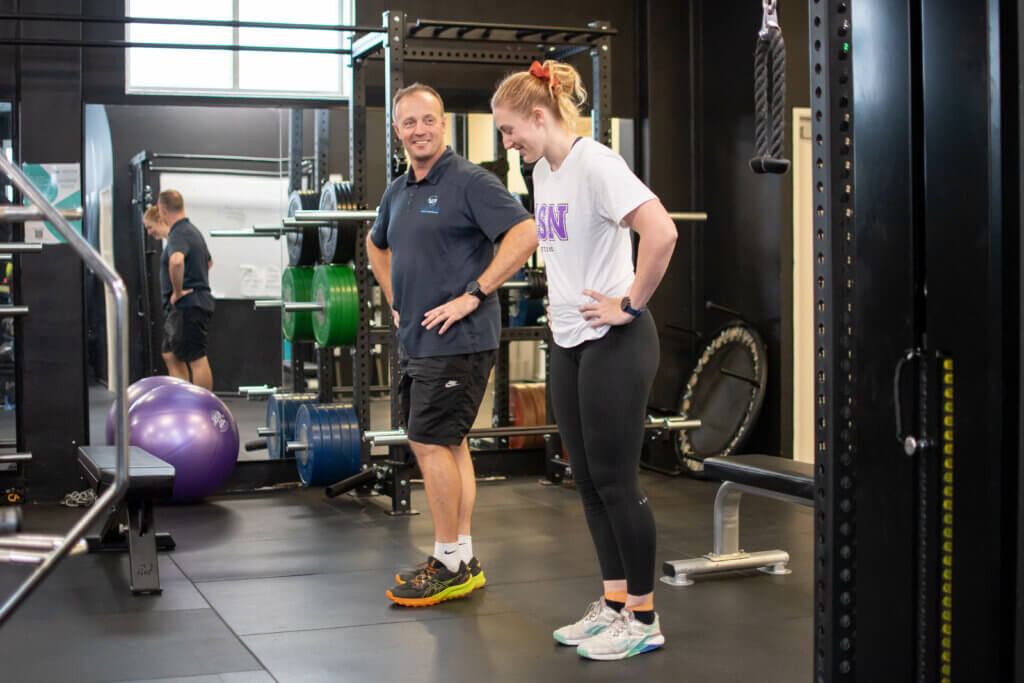
Connection – perhaps the most important aspect of any relationship with a health, fitness or performance professional:
In any sort of coaching profession, the connection between the coach and the person who is being coached (coachee) is one of the most important determinants of the success of any program. This is what I have found over the years I have coached at different levels of health, fitness and performance. We are still in a people orientated role, so we coach and help people first. If the coachee does not like, respect or trust the coach, then the relationship will most likely not work and therefore the results of the interactions and any programs will be more difficult to achieve.
The different job roles/titles explained below:
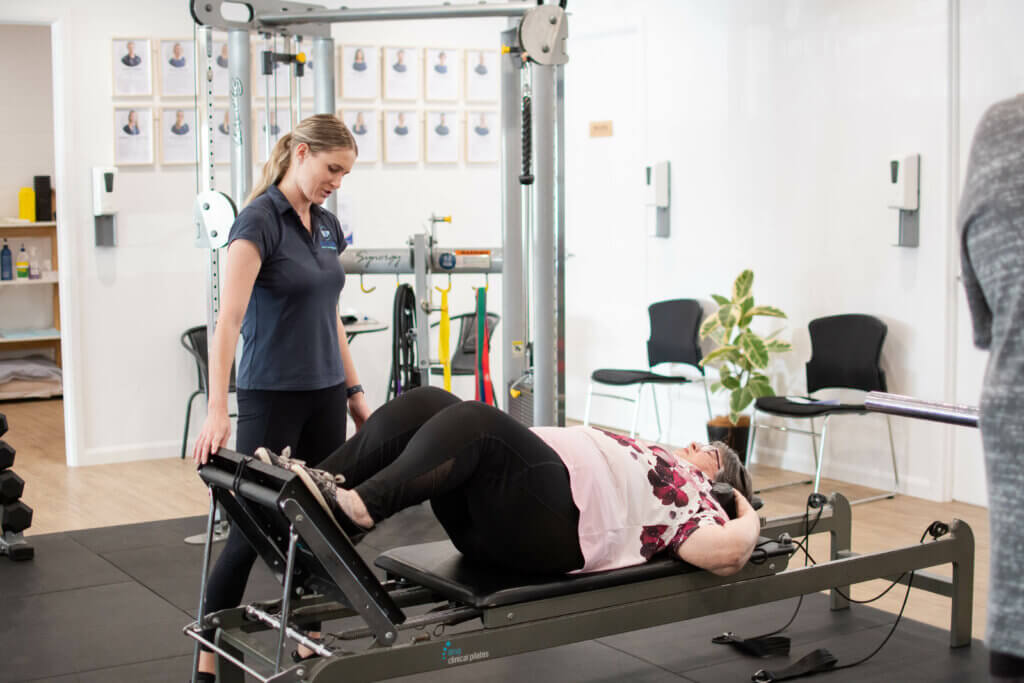
Accredited Exercise Physiologist (AEP)
An Accredited Exercise Physiologist (AEP) is a health professional who specializes in exercise prescription and lifestyle interventions for people with chronic medical conditions, injuries, or disabilities. AEPs have a university degree in exercise science or a related field and are accredited by Exercise & Sports Science Australia (ESSA). They are trained to work with individuals who have complex health needs, providing safe and effective exercise programs tailored to medical conditions like diabetes, heart disease, arthritis, and more.
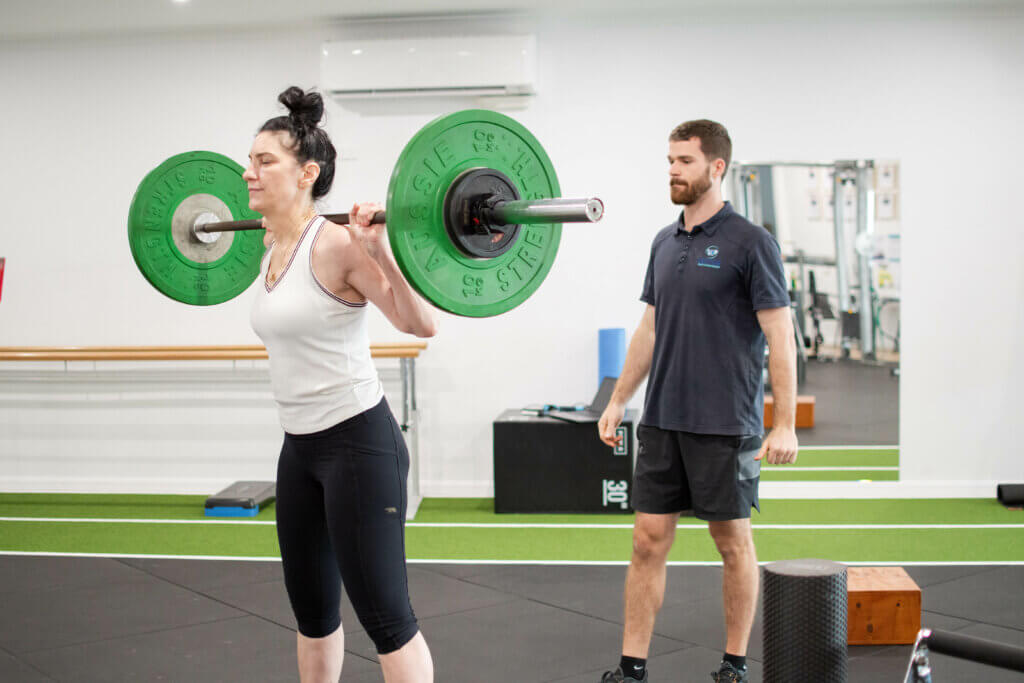
Accredited Exercise Scientist (AES)
An Accredited Exercise Scientist (AES) is a professional who holds a university degree in exercise and sports science and is accredited by Exercise & Sports Science Australia (ESSA). AES professionals are trained in the scientific principles of exercise and physical activity and are skilled in assessing, designing, and delivering general exercise programs. They work with individuals and groups to improve fitness, health, and performance. Their training enables them to work with healthy individuals and those at risk of developing health issues but who do not yet require clinical intervention.
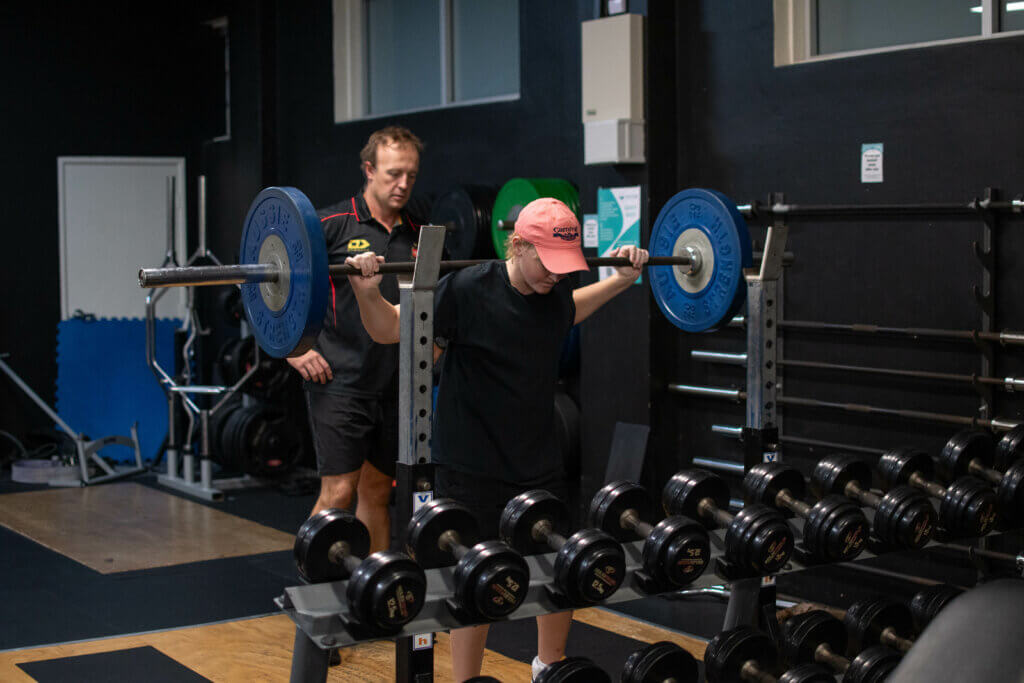
Strength and Conditioning Coach
A Strength and Conditioning Coach is a specialized fitness professional who focuses on enhancing athletic performance through systematic training programs. These programs include strength training, aerobic conditioning, speed, agility, and flexibility exercises. The primary goal is to improve an athlete’s performance while minimizing the risk of injury. Strength and Conditioning Coaches work with athletes of all levels, from amateur to professional, across various sports.
Registration and Qualification
In Australia, Strength and Conditioning Coaches are often registered with the Australian Strength and Conditioning Association (ASCA). The ASCA offers a tiered accreditation system that includes:
Level 1 Accreditation: For coaches who are new to the field, focusing on foundational knowledge and skills necessary for entry-level coaching positions. This level covers the basics of program design, exercise technique, and safety considerations.
Level 2 Accreditation: For coaches with more experience, this level includes advanced training methods, periodization, and sport-specific conditioning strategies. It requires a deeper understanding of athlete development and the ability to design and implement comprehensive training programs.
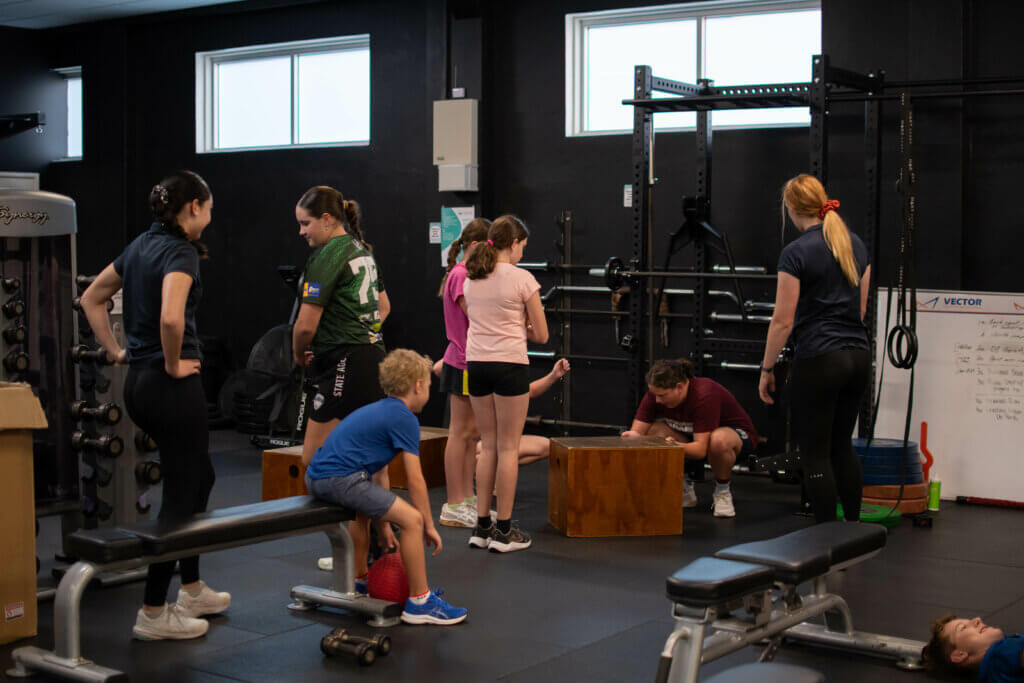
Personal Trainer (PT)
A Personal Trainer (PT) with a Certificate IV in Fitness is a fitness professional who focuses on helping generally healthy individuals achieve their fitness goals, such as weight loss, muscle building, or improving overall fitness. Personal Trainers have completed vocational training and are skilled in designing exercise programs, teaching correct exercise techniques, and motivating clients. They typically work with individuals who do not have serious health conditions requiring medical supervision. Many Personal Trainers might also have other qualifications that allow them to provide programming and supervision of different activities. It is important to discuss this with a Personal Trainer prior to a program beginning. One of the key registration bodies for Personal Trainers is https://ausactive.org.au/members/exercise-professional/ and you can find a good amount of information about some of the other roles specifically within the fitness industry as well on this site.
Scope of Practice
A Scope refers to what one is qualified to deliver in a service context. This comparison might provide some good context to what you are looking for. A fun fact: Plenty of professionals are cross qualified! Technically, an AEP has the highest scope rating, so the easiest way to read this comparison is imagine that an AEP can perform any service that an AES, PT or SC coach can, however scope does not necessarily travel upwards in this list. If there are any questions about this, please reach out or ask the person or business you are talking with to clearly.

Accredited Exercise Physiologist (AEP)
Qualifications: University degree in exercise science or a related field; accreditation by Exercise & Sports Science Australia (ESSA).
Primary Focus: Clinical exercise interventions.
Clientele: Individuals with chronic medical conditions, injuries, or disabilities (e.g., diabetes, cardiovascular disease, arthritis).
Services:
Assessment and Diagnosis: Conducting comprehensive assessments to understand the client’s health status.
Exercise Prescription: Developing individualized exercise programs tailored to manage or treat specific medical conditions.
Rehabilitation: Working with clients to recover from injuries or surgeries.
Chronic Disease Management: Helping clients manage symptoms and improve quality of life.
Education and Counseling: Educating clients on lifestyle modifications and exercise adherence.
Work Settings: Hospitals, rehabilitation centers, private practice, community health settings.

Accredited Exercise Scientist (AES)
Qualifications: University degree in exercise and sports science; accreditation by ESSA.
Primary Focus: General health, fitness, and performance enhancement.
Clientele: Healthy individuals and those at risk of developing health conditions (not diagnosed).
Services:
Fitness Assessments: Conducting fitness and physical assessments to gauge an individual’s health and fitness level.
Program Design: Creating exercise programs aimed at improving general fitness, performance, and overall well-being.
Performance Enhancement: Assisting athletes with non-clinical performance improvement strategies.
Education: Providing information on exercise, nutrition, and healthy lifestyle choices.
Work Settings: Fitness centers, community health programs, sports teams, corporate wellness programs.

Strength and Conditioning Coach
Qualifications: Often registered with the Australian Strength and Conditioning Association (ASCA), with levels of accreditation (e.g., Level 1, Level 2).
Primary Focus: Athletic performance enhancement.
Clientele: Athletes of all levels, from amateur to professional, across various sports.
Services:
Performance Training: Designing and implementing sport-specific training programs to enhance strength, power, speed, agility, and endurance.
Injury Prevention: Developing strategies to reduce the risk of sports-related injuries.
Rehabilitation Support: Working alongside medical professionals to aid in the rehabilitation process of injured athletes.
Testing and Monitoring: Conducting performance assessments and tracking progress.
Education and Coaching: Teaching proper exercise techniques, training principles, and recovery methods.
Work Settings: Sports teams, athletic clubs, high-performance training centers, educational institutions.

Personal Trainer (PT)
Qualifications: Certificate IV in Fitness.
Primary Focus: General fitness and wellness.
Clientele: Generally healthy individuals seeking to improve fitness, lose weight, or achieve specific physical goals.
Services:
Fitness Training: Providing one-on-one or group training sessions focused on cardiovascular fitness, strength training, flexibility, and more.
Program Design: Creating customized workout plans based on the client’s goals and fitness level.
Motivation and Support: Helping clients stay motivated and committed to their fitness journey.
Basic Nutritional Advice: Offering general guidance on nutrition and healthy eating habits.
Education: Teaching clients about exercise techniques, safe practices, and fitness principles.
Work Settings: Gyms, fitness centers, private training studios, outdoor fitness programs.
An Overview Summary to remind you of who is who and who can or should do what!
– AEPs are specialized in clinical settings, focusing on medical conditions and rehabilitation.
– AES professionals work with the public and athletes, focusing on improving overall fitness and health without clinical interventions.
– Strength and Conditioning Coaches specialize in enhancing athletic performance and work primarily with athletes.
– Personal Trainers focus on general fitness and wellness for healthy individuals without specific medical needs.
IT is important to note that many health/fitness/performance professionals have multiple qualifications and extra qualifications to help them work with specific populations as well. So, this is very general, and it is important to clarify with your health/fitness/performance professional if you have any questions.
References for Further Information
– Australian Strength and Conditioning Association (ASCA): ASCA Website
– National Strength and Conditioning Association (NSCA): NSCA Website
– University Courses in Exercise and Sports Science: Various universities offer specialized courses in strength and conditioning, providing in-depth knowledge and practical skills for aspiring coaches.
– Exercise & Sports Science Australia (ESSA): ESSA Website
– Australian Government’s MySkills: MySkills Personal Trainer Information
– Australian Fitness Academy: Personal Training vs. Exercise
– Australian Fitness Academy: Understanding Fitness Qualification
– University of Queensland: What is Exercise Science?
